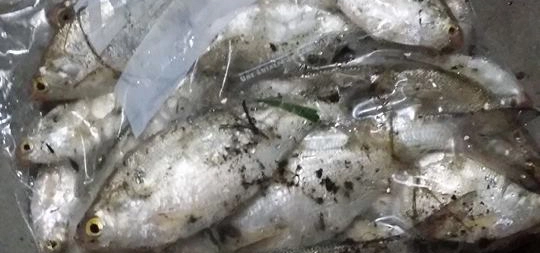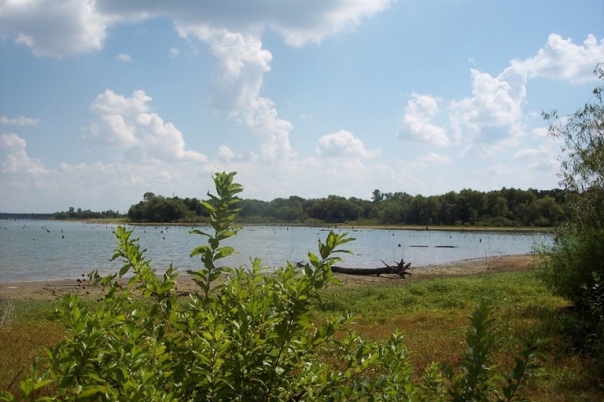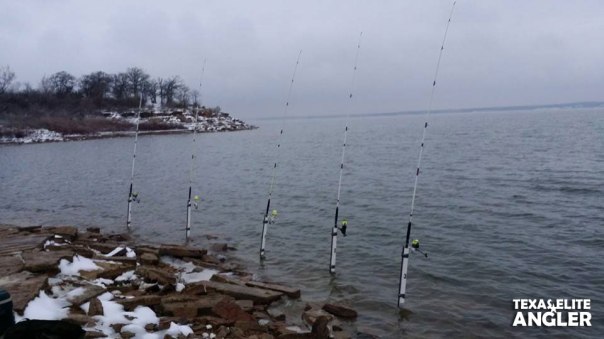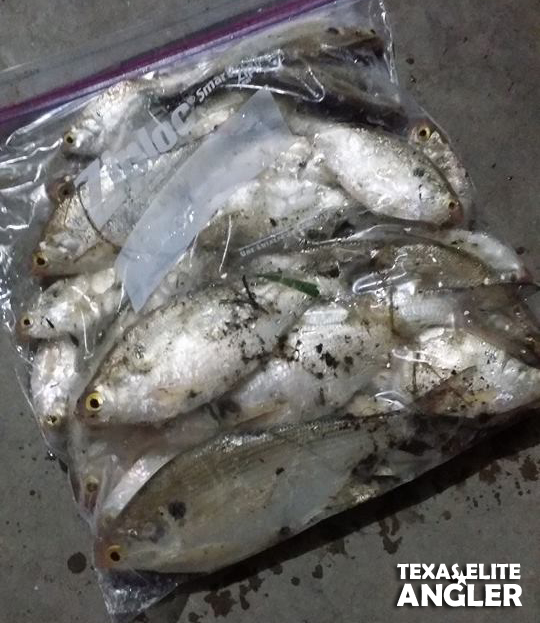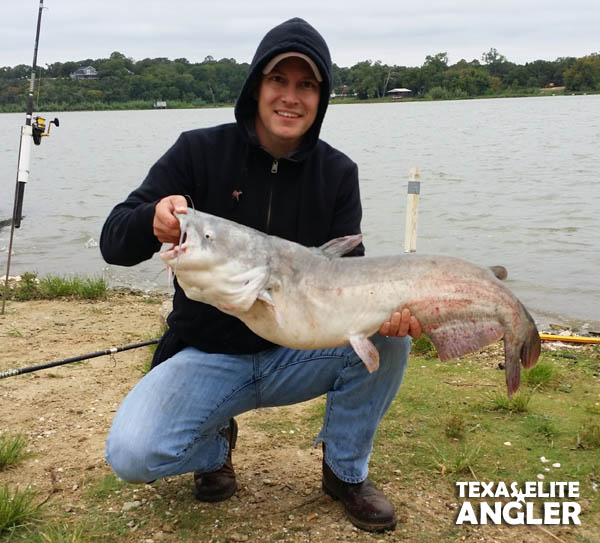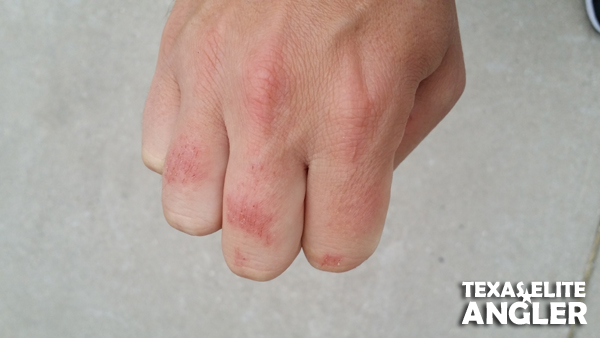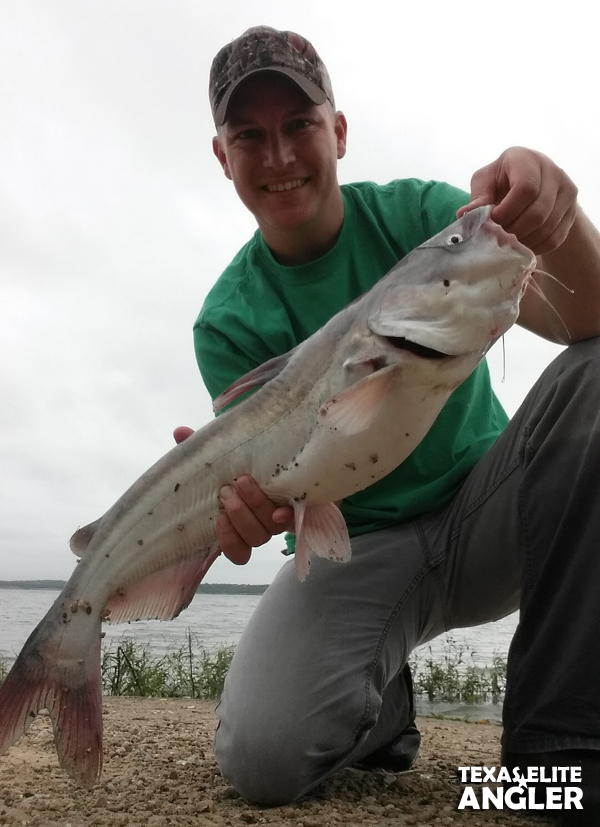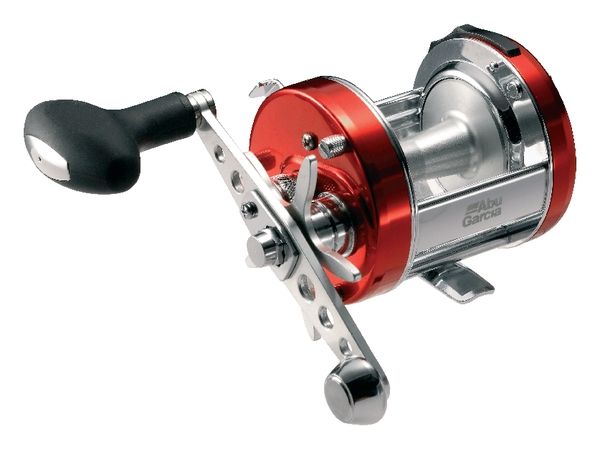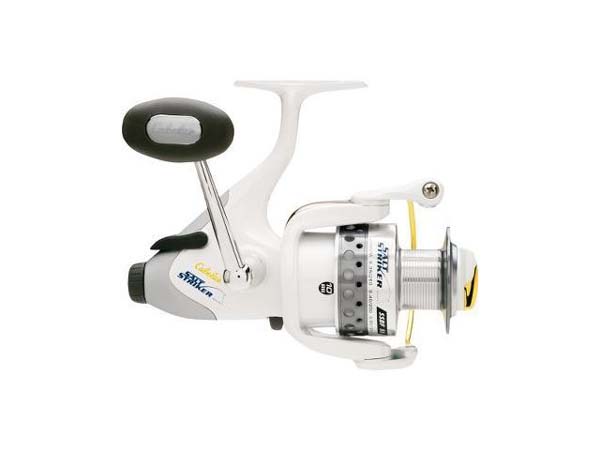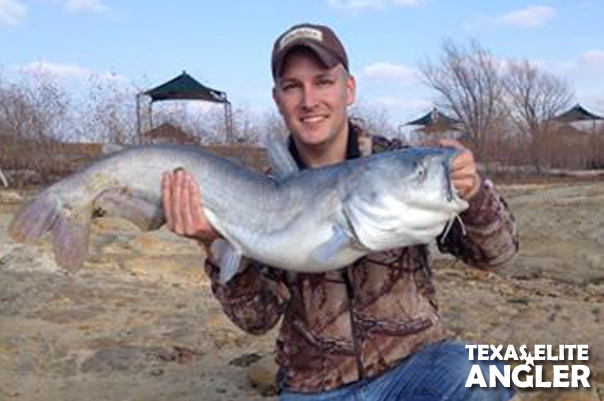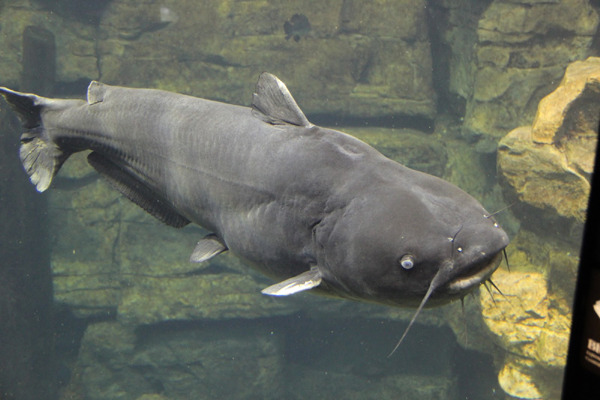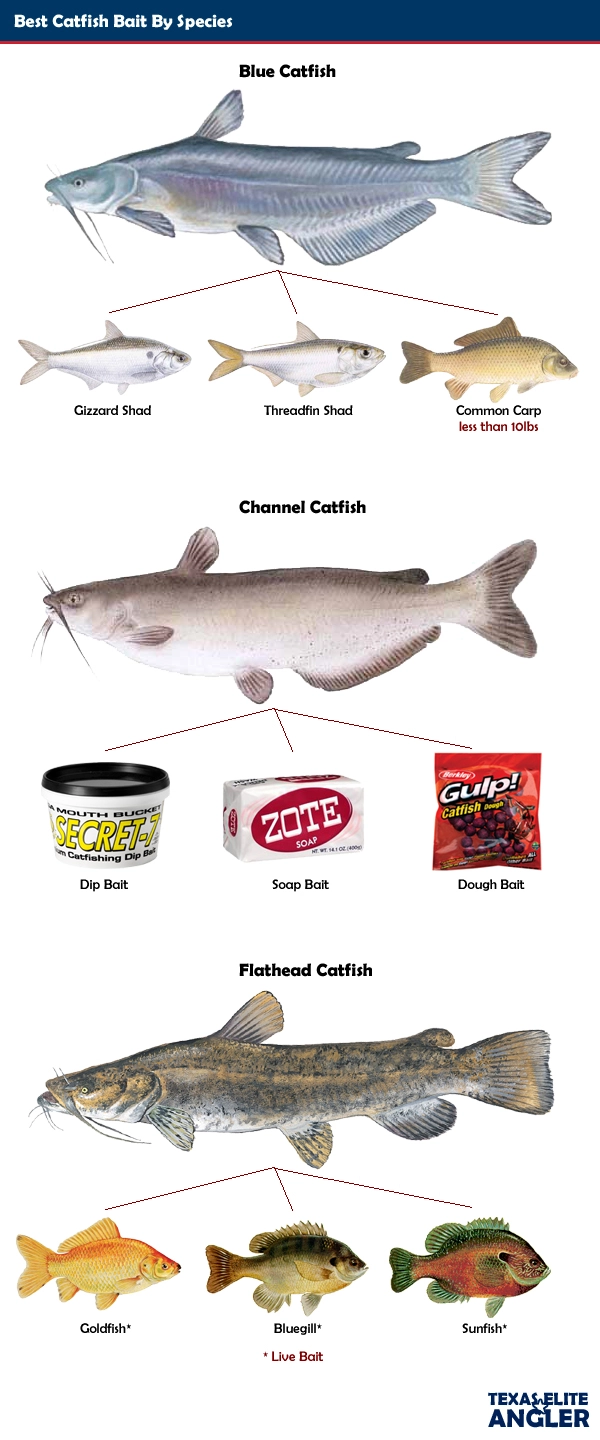Blog Archives
How Fresh Does Fresh Cut Shad Have To Be?
We’ve all heard and have generally accepted that fresh cut shad is better than frozen, but what constitutes fresh? How fresh is fresh? I’ve spent some time pondering this question because, like you, I want to be successful in landing big catfish and I certainly don’t want to stunt my chances by using bait that is less attractive to my target species.
How long are shad considered fresh?
You’ll probably get a different answer depending on who you ask, but within 24 hours of being caught is the consensus from my sources. I do believe catching them right at the spot you’re fishing and putting them right on the hook is obviously a better option, but sometimes that’s just not possible. Anything over 24 hours starts to drift into the “not-so-fresh” category.
What can you do to keep shad fresh?
It’s important to put the shad on ice quickly after you’ve caught them, unless you’re planning to fish live shad. This can be a challenge in itself because shad die pretty quickly in a bait bucket or cooler. In a square container they’ll nose in to a corner and suffocate themselves. In a bait buck there is simply not enough oxygen in the water to keep them alive. A good aerator and a larger cooler would be necessary if you want to keep them alive. There are also shad additives that you can add to the water to improve their chances of survival.
Should I Even Try Frozen Shad?
In the dead of winter, when shad are hard to get, it may be your best bet. If you ever have the option though, fresh shad is best — hands down.
Slip Sinker vs Santee Rig for Big Blue Catfish
You’re familiar with the rigs, the Slip Sinker holds the bottom and the Santee adds a float to raise the bait off the bottom. When fishing for blue catfish, particularly the big’guns, which rig is more likely to hook up? Allow me to answer that question with a story.
I was fishing Lake Lewisville today and as I was enjoying an absolutely mild, first-of-fall day this older gentleman who had been casting for bass starts picking his way down the bank toward me. I always love the opportunity to talk fishing with someone so I got up and greeted him as he got near enough to exchange pleasantries. Turns out he lives in the neighborhood up the road and fishes the area each morning. As usual he starts checking out my setup. I use banksticks and bite alarms (euro-fishing gear) and it always draws a few interested anglers.
After a quick demonstration of my gizmos, he asked what rig I use for catfish. Of course I answer with the question, which kind? It’s important to distinguish between the three common species (channel, blue, flathead) because while they’re all catfish, you target them in different ways. I saw the sparkle in his eye when he said, “The big blues.”
While the Slip Sinker rig is a killer rig for catfish, and I’m sure it’s caught its fair share of blue catfish, the Slip Sinker really lends itself better to catching Channel Cat. The reason being, Channel Cats simple don’t get as big as Blue Catfish, maxing out at about 30 lbs. So why does that matter? In the case of rig selection when targeting “Big” Blue Catfish, size does matter.
The bigger the catfish is, the more difficult it is for it to pick up food items that are laying flat on the bottom. 30+ pound Blue Catfish will prefer a bait that is suspended off the bottom because it can more easily get it into his mouth. This is where the Santee Rig shines. By adding the float and suspending your bait off the bottom you raise the chance of a good hook up with a trophy blue. Don’t worry, those smaller catfish don’t mind suspending to eat your bait.
One last thing to be sure of is to match your float size to your bait offering. A big chunk of shad will need a good 3″ float to pop it up. It’s a good idea to drop your rig shallow and test to see if your float can suspend your bait before casting out. If your selected float doesn’t have the muscle, switch it out for a bigger float. Catfish aren’t float shy, so don’t worry about a big’ole orange float close your the bait.
Session Lesson :: What To Do When the Fish Aren’t Biting
Each time I go out to fish I try to take something away from the experience. Usually that’s the joy of landing some fat fish, but unfortunately not every time out on the bank results in fish. When I’m facing down a blank (no fish caught) I drop back into a retrospective mode and determine what I could have done differently. What rig should I have used, what bait, or was the spot I selected right for the conditions. Usually I can come away from the experience with something I’d like to try next time out, whether it’s a new technique, bait or a new approach. I call this my “Session Lesson.”
Lessons learned are important if you want to continue to grow in life. This is true in fishing, family, business and the list goes on. Albert Einstein once said, “Insanity is doing something over and over again and expecting different results.” Only through change can you truly progress.
So last Saturday I went fishing (See picture above). Yeah, there was snow, ice and freezing rain; and the high didn’t get above 31 degrees. The look my wife gave me as I walked out the door dressed for winter war was priceless. The wind was down which I was thankful for not suffering a wind chill, but a light wind is never good for fishing. Undaunted, I setup and waited for the bite…..that never came.
So what did I do? Well, I waited. I checked my lines about once an hour and waited some more. I’d reel one in, re-bait it and chunk it out again to wait some more. At the time it seemed like I was doing everything I could do to catch, but the fish simply weren’t there.
A light bulb should have went off in your head just then. It did in mine as I was reflecting on what I did wrong. What did I do wrong? I waited.
What To Do When the Fish Aren’t Biting
There’s a simple answer here, “MOVE!” Now I don’t necessarily mean to pack up all your gear and move to the other side of the lake. What I mean is move your baits. This could be punching them further out or dropping them in a bit. Try this first. If that doesn’t produce a bite, try moving a bait over 30 to 50 yards down the bank. I’ve seen it many times in Carp Tournaments where one angler is sitting on his hands, while the guy next to him is hauling. They’re using similar baits and similar techniques so the difference between the two is that there is a feature just 30 yards over that is holding fish.
If you’ve moved your baits up or down the bank and you’re still not getting a bite, its time to walk a rod to the next shore feature; like a point, some standing timber, or some other structural feature. Don’t just sit and wait for the fish to come to you.
How long do I wait before moving?
That’s a good question and it’s going to depend on the circumstances, but a good rule of thumb would be to give it about 30 minutes to an hour. In my experience it takes fish about an hour to sense and track down your bait if they’re not already in the immediate area. If you aren’t seeing a wiggling rod tip in an hour’s time, the fish aren’t there. Move your bait.
I sure wish I had thought of this Saturday night, but I learned my lesson. Hopefully, by sharing this session lesson with you, you can avoid repeating my mistake. Give it an hour, then move if your net isn’t wet.
How To Catch Shad From The Bank
If you’re going to fish for big catfish you’ll need to learn to catch their favorite food item — shad. Live and fresh cut shad has no substitute. It’s simply the best bait you can present to hungry catfish. Don’t get me wrong, you can catch on frozen shad, cut carp, and buffalo; but your catch rate and quality will be greatly diminished.
For those of us who don’t have a boat…yet, we have to find and catch shad from the bank. This means throwing a cast net (video coming soon) into likely bait holding areas to haul them in. Since I’ve started regularly hunting shad from the shore, I thought I’d share some tips on where I have had the most luck so that you too can fill your bucket with great smelling, oily shad.
Where to target shad from the bank:
Boat Ramps: Have you ever watched boats load up on the trailer at a boat ramp? Inevitably the boat has to push with its motor to get the boat up on the trailer. This frequent blasting of the motor washes out a depression at the end of the ramp that baitfish love to occupy. Food items that baitfish eat will collect in this bowl, and so the baitfish hangout nearby and feed. The boat ramp itself serves as a banquet of sorts as algae grows on the textured concrete surface. Algae is on the menu for baitfish.
Rip Rap: Rip rap along a bank will hold baitfish as well much for the same reason as boat ramps. The crevices and cracks between the rocks will collect and hold food items. These cracks also serve as security for small fish who can use them to hide from predators. Algae will also grow on shallow rip rap creating a field of food for baitfish.
Docks or Piers: Especially if a dock or pier is lit at night. The light attracts insects which are definitely on the menu and the pilings serve as security for baitfish schools. The only cautionary advise I can give is some fishing piers will have intentionally sunken cover to attract sunfish and crappie to support fishing from the bank. This artificial structure will ruin a cast net quick.
Creek Outlets: The advantage of creek outlets is current. Current moves food items into the main water body, and baitfish will congregate here to feed as food items flow in. Watch out for submerged debris deposited by the current.
Windward Bank: If none of the above is available, try the windward bank. Wind, especially a good stiff wind, will push food items to the windward bank. Baitfish will congregate off the bank to feed. Keep moving as you throw your net as the shad will move after each throw. Come back to your starting point and try again as shad will quickly move back into the food zone.
Summer Pattern for Catfish
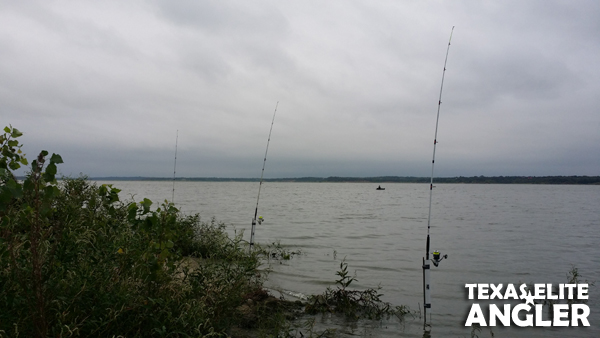 Early morning on Lewisville Lake
Early morning on Lewisville Lake
Your sitting on the bank, baking under the sun, squinting through sunglasses at your rod tips waiting for a bite. The bite is slow to none at all. The last action you saw was at dawn as the sun was beginning to color the sky. Sound familiar?
Take a look up and down the bank. What do you see? You may be the only one out there sweating. There may be another guy out there but he’s packing it up to leave. The baitfish have moved off, the dry land fauna has dissolved into the tree line, so what do you think the catfish are doing?
Bingo, they’ve moved off to a more comfortable spot, just like you should be doing. When in the dog days of summer the best times to fish for catfish (and any fish) will be in the early morning, or the late night when the temperatures are bearable, for you and the fish.
Why is this true? In your local lake, under the calm waves of lightly stained water, a battle for survival is going on. It’s an eat and be eaten ecology. Fish are on constant lookout for food and for bigger fish who can eat them. During the summer, especially midday when the sun is full press, there is a lot more light. Visibility extends further and fish can see each other better. For baitfish, this isn’t good. They do what any one of us would do if they see something big and hungry coming, they make a b-line for the nearest hiding place and lay low until conditions improve. Continuing normal activity would mean certain death. The catfish you’re fishing for follow the bait fish. You get a pass on overcast days. Temperatures are lower, and the available light is reduced.
Locating catfish becomes easier in the summer because you only have to find the following conditions:
Deep Structure:
Catfish move to deeper structure when the sun is in full force. The higher water temperatures and low oxygen in the shallows isn’t comfortable and so they simply won’t be there. Look for deep ledges, depressions, or points where catfish can ambush baitfish in the comfort of cooler water.
Cover:
Heavy cover is another likely location for catfish and other fish. The shade presents cooler water and the cover sets up a good ambush. Thick cover like fallen trees, grass mats, submerged timber or stumps, and bridge pilings are ideal summer rest stops for catfish looking to get out of the heat.
Current:
Moving water cures two of the summer heat conditions — low oxygen and high temperature water. Current brings cooler water and the movement oxygenates the water. In addition to these two boons, current also carries food, namely baitfish among other food items. Catfish are predators of opportunity and can’t resist a meal that comes to them.
The Perfect Storm:
If you can find deep structure with cover and current then you’ve found a honey hole for summertime catfish. I’ve heard it said that catfish school in these summer haunts with members of like weight. This means 10-pounders will hang out with other 10-pounders and so on. The exception is the large catfish (50+). Big catfish are lone wolf hunters and will run off lesser fish in a prime location.
The Bottom Line:
For summertime catfish, look to deep holes, cover and current. Fish early or fish late. Save your midday for spending quality time with your loved ones.
Catfish Gear :: Reels
The reel is the work horse of the catfishing setup. If you aren’t equipped with the appropriate reel for the size and species of catfish you’re targeting, you may find yourself quite challenged to land the fish. For the weekend pond warrior (common channel cat in the 1 to 4 pound range) bass reels will do the job. You don’t need anything specialized to target these fish. This post is focused on the trophy class blue and flathead catfish. The proverbial lake monsters that cruise our large reservoirs and rivers. A bass setup will simply not perform when a 20+ catfish takes the bait.
When it comes to big kitty reels, you have two choices, Bait Casting or Spinning reels. Spincasters, like the old Zebco’s you used when you were kid, would be obliterated by a large trophy cat. Most serious catfisherman will tell you that baitcasters are the way to go, hands down, but I’m reluctant to say that because I am a firm believer that the proper spinning reel is more than capable of landing the big boys. I’ve landed 50 pounds of fighting fish on a spinning reel and it performed flawlessly.
For trophy catfish you’ll want to consider the full-body baitcasters, not the low-profile versions popular in bass fishing. Low-profile reels tend to have a very shallow spool and you won’t be able to spool up much line when your spooling on 20+ pound test lines. Full-body baitcasters simply have a larger line capacity that will allow you to spool up a significant amount of heavy line needed to cast greater distances and land a brawny blue.
The primary advantage of the baitcaster is casting distance. The line coming straight off the spool with little to no resistance will always net you a longer cast than the spinning reel.
Catfishermen like these big baitcasters for another feature, and that’s the bait clicker. The bait clicker is technically a bite alarm. As a fish takes line, the reel sounds an audible click. Get a good run, and that click will peel out a very satisfying whine. Anyone who watches the rod tips for hours on end will appreciate a bait clicker.
The drag system is the major turn-off for me when it comes to baitcasters. Not to mention the occasional backlash that must be dealt with. When landing big fish, drag is singularly critical. Most baitcasters have a star drag that is very inconvenient to adjust when playing a fish. For me, this is where the spinning reel shines.
While they may not cast as far (Pair your spinning reel with a 10ft or greater rod for all the distance you’ll need), spinning reels have an ease of use factor that I really appreciate. After a half dozen backlash picking sessions you’ll learn to love the simplicity of the spinning reel. In regards to line capacity, spinning reels come in large pit models that will hold a tremendous amount of heavy line. These big pit reels also have a satisfying crank handle and gear ratio.
I’ve heard some anglers complain about the use of the spinning reel with rod holders, but I don’t understand the compliant. I can reel down and rip that spinning reel out of the rod holder just as easy as any other rod. This complaint may be directed more at boat fishing rod holders, but my bank fishing holders work just fine coupled with my spinning reels.
The main advantage of a spinning reel when catfishing is drag manipulation. The large dial drag at the head of the reel is easy to access and adjust as you’re playing a fish. Admittedly, I’m a drag fiddler. I make tweaky adjustments often while playing a fish. If I’m getting a lot of strong lunges, I lighten it up a bit. If I’m working the fish through snags, I tighten up a bit. Spinning reels allow me this critical adjustment when it counts.
Features to Consider When Buying a Reel:
- Line capacity – go far a larger line capacity so you can spool up a good amount of heavy test line.
- Retrieve Ratio – how many times the spool turns per crank on the handle. The higher the ratio, the faster the retrieve. It’s generally better to have a fast retrieve so you can get your bait up off the bottom on retrieve to avoid snagging up or blunting your hook.
- Bearings – The greater the number of bearings the smoother the spool will turn on the cast. A smoother turn over results in longer casts and smoother retrieves.
New Personal Best – Blue Catfish – 22 pounds
Landed my new personal best Blue Catfish this afternoon out at Lake Grapevine. Grapevine is a fantastic catfish lake and has produced blue cats in the 50# range. The water temperature was mighty cold so this was a winter blue. The cold temperatures made this big blue lethargic and not much of a fighter, but when I saw that big head come up I was elated none the less.
He measured in at 35 inches which is 1 inch short of the Big Fish Award.
Special thanks to Cliff Atkins for inviting me out to the lake to share in tasty food, good fellowship and big fish.
Choosing The Right Catfish Rod For The Job
Catching a big chunk like the one above takes more than a 6-foot bass rod spooled up with 10lb test mono. While this may slay a feisty largemouth bass, this big blue lake monster would simply trash your gear. To target such a magnificent beast you have to use the right equipment. This means your rod, reel, line and end tackle have to be specifically designed to the task. Your rod selection is a critical component in the record catching equation so it’s important to understand what makes a good catfish rod.
Now, don’t get me wrong, if you’re targeting eater size channels and blue, then a 6-foot bass rig will serve you fine. It will have the sensitivity to detect the bite and enough backbone to land cat after cat in the single digit weights. I’m talking to the anglers who want to go large — the specimen hunters who king-size their end tackle and bait to land the big, trophy-class catfish. To land a memory you need the right rod.
What makes a good catfish rod?
A good catfish rod is going to be beefier than your bass setup. By beefier I mean rod power, or weight. Rod power is defined in terms of Heavy, Medium-heavy, Medium and so on. The heavier the rod the more backbone the rod has. Power provides lift on a fish and will allow you to hoist a fish up from deep water. Knowing this, which rod would you select for big blue cats? Heavy or Medium-heavy, right? You got it, to handle a big catfish you need a lot of backbone to control the fish. A Heavy or medium-heavy rod will do the job. The catch is the heavier the rod the less sensitivity you have which means less bite detection. My preference would be with a Medium-heavy rod so you strike a balance between sensitivity and backbone.
What rod length should I use?
Your choice in rod length will come down to how you plan to fish. If your fishing from a boat where long casting isn’t needed then you can go with a shorter rod, say 7 to 8 feet. If you’re a bank fisherman like me, then you’re going to need a long rod to get your bait out there. A 10 to 13 foot rod is common for bank fishing. You also gain a lot of control over a fish with a longer rod. When fishing from the bank you have to worry about submerged timber and other snags. You’ll be thankful for the control a long rod gives you when you’re trying to steer a big fish away from a stump or boulder.
Is rod action important?
Yes, a rod’s action determines where the rod bends. Fast action rods bend closer to the tip than a slow action rod that will bend closer toward the reel. For catfishing you want a fast or medium-fast action rod. The faster action tip will give you added control over the fish and also helps to choreograph what a fish is doing as it’s poking around your bait. A fast action rod also helps you power into a hook set.
Is a one or two-piece rod better?
If you want to be overly technical, a one piece rod is better. The joint of a two-piece rod can weaken and fail, but if you have the two rod sections seated properly this won’t be an issue. One-piece rods have better sensitivity because there’s not break in the blank like a two-piece but the difference in sensitivity isn’t significant enough to worry about. If you’re fishing long rods 10-feet and over, then two-piece is standard. If you’re fishing 6 or 7 foot rods and have the space in your vehicle to transport that long of a blank, then go for it, otherwise don’t sweat it and go two-piece.
Best Catfish Bait By Species
Having already landed my trophy common and buffalo, I am now on the trail of a trophy blue cat. To catch a big blue you have to know what they like to eat and in what way to present the bait. This had me asking the question, “What’s the best catfish bait?” Before you can pick the best catfish bait you have to consider what kind of catfish you’re angling for. That’s right, they’re all different. I wish there was a one-bait-fits-all solution, but unfortunately different catfish species have different diets and feeding preferences. For the blue catfish it’s fresh cut or whole shad. Frozen will work, but it’s not ideal. Channel and Flathead catfish have completely different preferences, even though you’re likely to catch a stray channel or flathead while fishing for blues. Below I’ll break out what each type of catfish prefers. It’s not an exhaustive list but it will definitely put you on to your target catfish.
